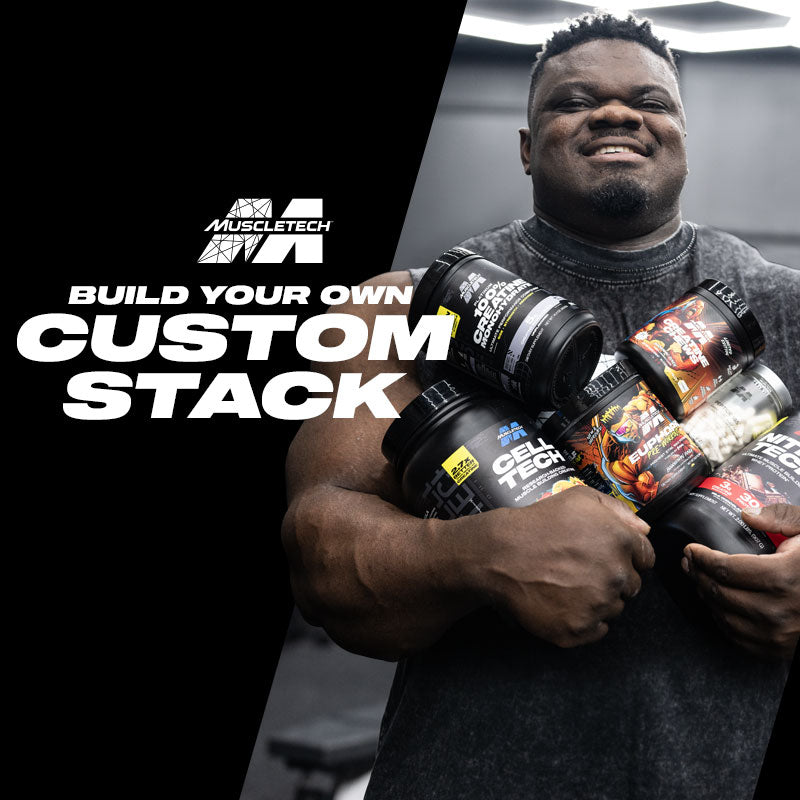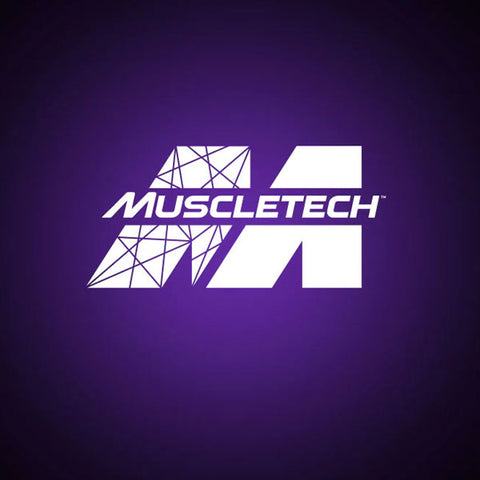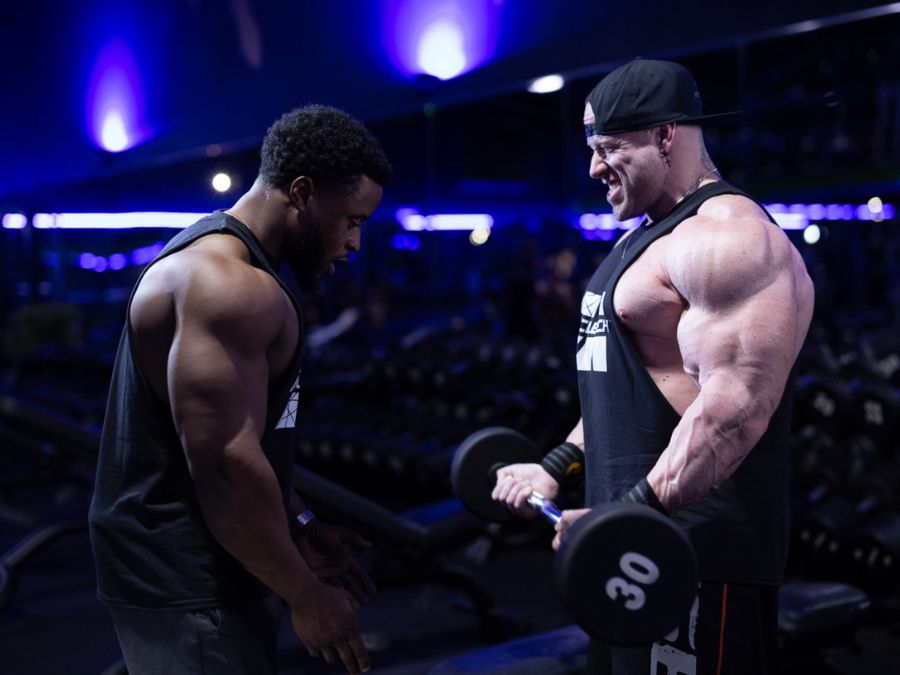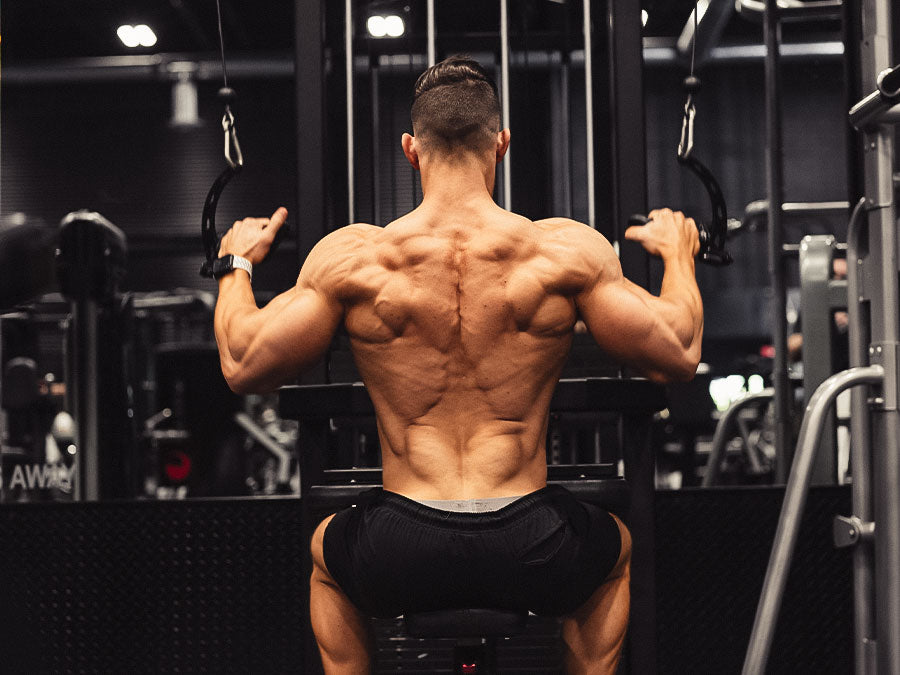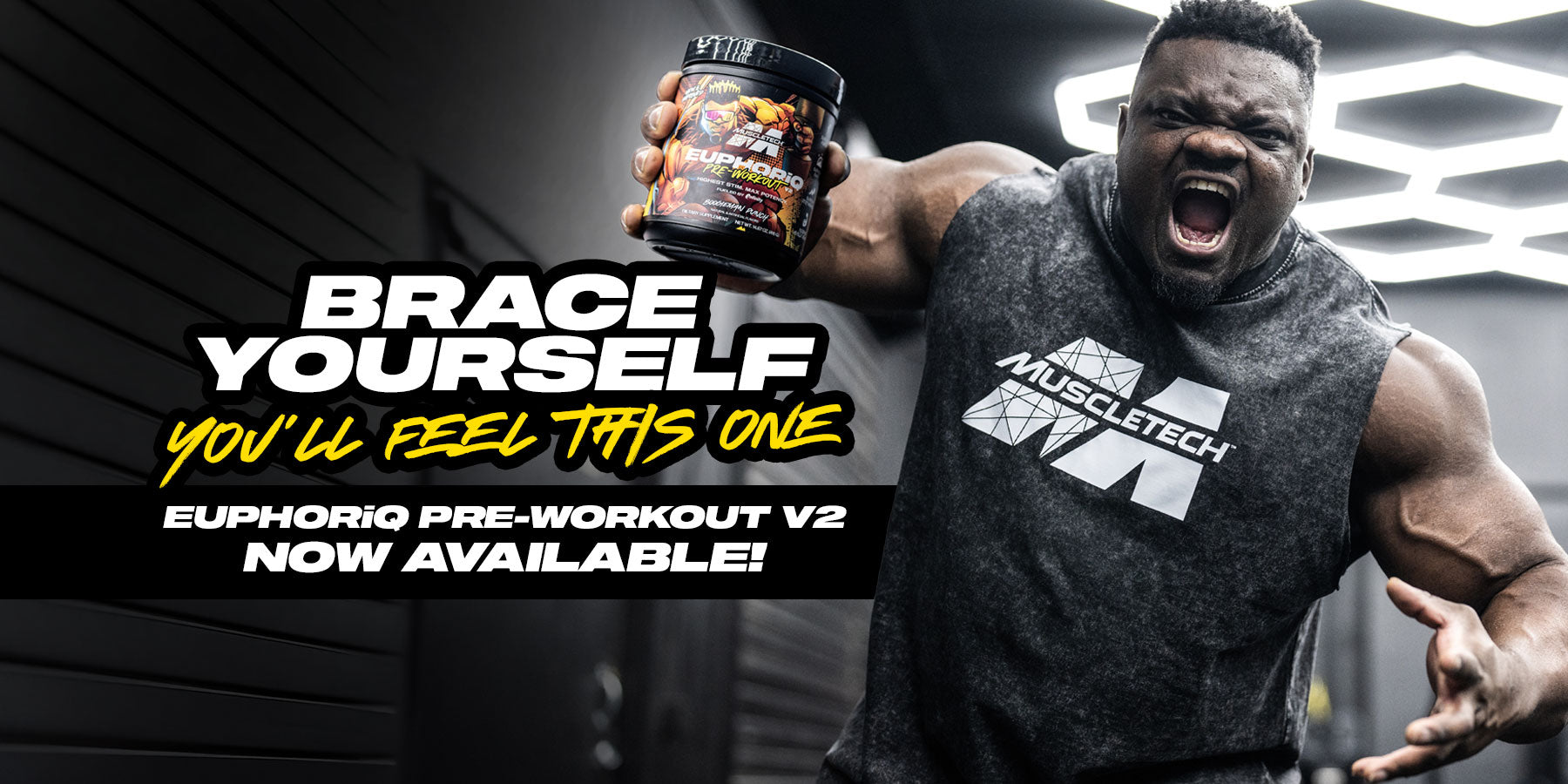Welcome to our comprehensive guide on optimizing athletic performance through holistic training practices. Whether you’re an elite athlete or someone aspiring to reach new heights in your sport, this blog is packed with valuable insights and practical advice to help you achieve your goals. Drawing from the expertise of seasoned professionals like Coach John Porter Jr. and MuscleTech athlete Ellie Black, we delve into the essential components of a well-rounded training program.
Table of content
Section Written by Coach John Porter Jr.
When it comes to performing at your very best in your given sport, one cannot leave any details out. Doing so could inhibit one’s development thus placing one in a less than optimal position. I have watched many athletes waste time and resources training within a system that doesn’t look into all the nuances of what a program should include.
I have seen marathon runners capable of running sub 7-minute mile pace for miles at a time, but do not have the capacity to produce enough power to jump onto a 12” plyometric box. I have also seen a strongman capable of lifting hundreds of pounds, but not possessing the capacity to touch their toes due to their lack of flexibility/mobility. Awesome athletes within their given sport, but never having the athleticism necessary to empower their performance thus taking them to the next level.
Through my 19+ years of training various athletes I have come up with 6 different elements that comprise a complete performance training program that is sure to facilitate the type of results that is relevant to being in a dominant position in the field. Here is what they are along with a brief definition.
Coach Porter’s Big Seven - Training Like an Athlete
1. Flexibility/Mobility
Flexibility has to do with your muscles’ ability to bend/stretch within a complete yet comfortable range. Mobility has to do with the resistance one feels/detects within the joint during the beginning & end ranges of motion. Utilizing methods that address this element will yield positive results and allow for unlocking a new level of strength & overall athleticism.
2. Strength
Strength has to do with one’s ability to not only produce force, but resist it as well. If one doesn’t possess a base level of strength, one cannot do the work required to navigate through one’s sport yet alone the gym.
3. Conditioning
I look at conditioning two ways:
- Metabolic Conditioning – training one’s energy systems in a way that allows them to have the capacity to perform work given.
- Physiological/Operant/Biomechanical Conditioning – A training methodology that blends that best of each learning type to allow a person to effectively use primal movements through space in a seamless & effortless manner that allows for the fluid expression of performance traits while maintaining a protective disposition.
4. Endurance
Endurance has to do with having the capacity to exert yourself for an extended period of time while managing the stressors/trauma/etc. that that particular activity brings.
Also Read: How to Prepare for a Marathon?
5. Accessory/Axillary
This element addresses everything from limiting factors that inhibit one’s athletic development to physiological/aesthetic qualities one holds in high esteem.
6. N.E.A.T.
N.E.A.T. stands for Non Exercise Activity Thermogenesis. It consists of small movements that are done (outside of your training regimen) that have benefits ranging from weight loss, stress relief, improve daily productivity, positive mood elevation, and more.
7. Passive Rest
The ability to bring one’s body back to a state of homeostasis from the inside out. It can include getting good sleep, getting a massage for your overworked muscles, proper nutrition, and even a yoga class.
Implementation of Training Program
Here is my general guideline as to the frequency of each element:
-Flexibility: Daily
-Strength: 2-4x a week
-Conditioning: 4-6x a week-Accessory/Axillary: 2-4x a week
-Endurance: 1-3x a week
-N.E.A.T.: Daily
-Passive Rest: Daily
**What you are training for, limiting factors, athletic needs, and discipline level will ultimately dictate what your program will look like.
Below is an example of a weekly performance training program:

How to Train Like an Elite Athlete?

Now, We add another twist to the idea. How do you train like an elite athlete?
This section is written by MuscleTech athlete Ellie Black
Everyday includes purpose whether it is two workouts, or a rest day. Being conscious of taking care of my body and following my routine. This includes fueling my body properly, hydrating well, following my workout plan, and focusing on good recovery physically and mentally.
Everyday looks different for me. It can depend on the season or what training phase we are in. All in all, it is a full-time job. I think it’s important to note that there needs to be rest and relaxing, even for an Olympian.
Wake up is usually around 7:30am or 8am. I take a few moments every morning to ground myself and set my objectives for the day. Starting with a healthy breakfast is a priority to fuel me for my morning workouts. I pack my bag with snacks, water, and protein shakes, so I can continue to fuel properly throughout the day. Some days I am super busy moving to and from different workouts and appointments that preparing ahead is very important for my nutrition and recovery.
Also Read: Get Protein on a Budget
I hit the weights gym first thing in the morning. We work on different programs according to the time of year. For example, the off season from gymnastics competitions is usually heavier strength & lifting or endurance workouts and during competition season, we focus more on speed, power, and explosiveness in the weights gym. We start with stretching, warm up, and muscle activation. Our programs usually include a focus on lower body strength and power. For example, squats, trap bar, split squats, sprints, box jumps etc. We do upper body weight exercises as well including, single or double arm dumbbell chest presses, dumbbell rows, chin ups etc. There is always core, stability, and injury prevention exercises in our program. Bike or bike sprints are used for warm up, cool down, or endurance work.
These workouts can range from 1-2 hrs depending on the season and program. This is twice a week.
After the weights workout, I head over to the gymnastics gym. I will have a snack here to recover a bit from my first workout and give myself energy for the next one. We train for 4.5 hrs 5 days a week. Warm up includes foam rolling, band & balance work, full body stretch, muscle activation, and running warmup. Then we do specific apparatus event training (bars, beam, floor, and vault). Usually 30min-1 hr on the apparatus. We usually only do 3/4 per day unless we are in competition season. Then the time on the apparatus will be shorter and we will do 4/4 events. Conditioning is usually done after the event training, although some is done before events to warm up and activate muscles. Conditioning is about 30-60 min, again depending on the season. It is generally muscle weight exercises. Examples: Presses, handstand hold, handstand pushups, push ups, planks, calf raises, chin ups, leg lifts, L-hold, core exercises/circuits, squat jumps, hamstring curls, box jumps, rope runs, trunk lifts, and specific injury prevention exercises. Finishing up with a good stretch and flexibility (splits, pike, straddle, shoulders, hips).
Twice a week I do performance conditioning/ gymnastics specific Pilates/ injury prevention exercises with one of my physiotherapists/Pilates instructor for an hour at the gym.
Once a week I do artistry, flexibility, and leaps/jumps with my artistry coach for an hour.
I see my other physiotherapist once a week for treatment/injury recovery.
I see a massage therapist once a week.
I speak with my sports psych once a week in busy times of the year and once a month in the slower parts.
After all my training is finished for the day, I make sure I get a meal and protein shake in to optimize recovery. If I am going from practice to an appointment, I usually have my MuscleTech protein shake as it is easy to take with me on the go.

When I am home at the end of the day, I cook myself a proper healthy dinner and take time to connect with my family or friends. I catch up on emails, calls, interviews, and work to be done. I also make sure to carve out some time for recovery and relaxation: such as icing, ice baths, leg compression, meditation/mindfulness, journaling, reading, watching a show, shower or bath, and preparing for a good sleep.
What I Eat In A Day
Breakfast
- ½ cup oats
- ½ cup water
- ½ cup blueberries
- 2 tsp brown sugar
- Sprinkle of cinnamon
- 1 boiled egg seasoned with salt and pepper
Snack
- Orange/ piece of fruit
- Energy bite or handful of almonds
Recovery/Lunch
- 1 scoop Muscletech Nitro Tech Whey Gold protein vanilla
- ½ Banana
- ½ cup frozen mixed berries
- ¼ cup oats
- ½ cup water
- ½ cup skim milk
- Handful of spinach
Dinner
- Grilled chicken breast (rosemary thyme parsley olive oil salt pepper)
- ½ cup brown rice
- 1-2 cup steamed broccoli
Snack
- 1 cup cherries
- 1 piece dark chocolate
TL:DR
In conclusion, achieving peak athletic performance requires a comprehensive and multifaceted approach to training. As highlighted by Coach John Porter Jr., the key to unlocking an athlete's full potential lies in addressing all aspects of fitness and well-being. His "Big Seven" training elements – flexibility/mobility, strength, conditioning, endurance, accessory/axillary exercises, N.E.A.T., and passive rest – provide a holistic framework for athletes to excel in their respective sports. This method ensures that athletes are not only strong and conditioned but also flexible, resilient, and capable of sustaining their performance over time.
MuscleTech athlete Ellie Black's insights further emphasize the importance of a structured and purposeful routine. Whether it’s a rigorous weights session, gymnastics training, or dedicated recovery practices, each element of her day is meticulously planned to support her athletic goals. Ellie’s example demonstrates the necessity of balancing intense training with proper nutrition, hydration, and mental wellness.
The comprehensive weekly training programs and detailed daily routines shared in this blog illustrate the dedication and commitment required to train like an elite athlete. By incorporating these principles, athletes can ensure they are addressing all facets of their physical and mental health, ultimately leading to improved performance and longevity in their sports.
This blog serves as a valuable resource for athletes at all levels, offering practical advice and proven strategies to optimize their training. By following the guidance of experienced professionals like Coach John Porter Jr. and Ellie Black, athletes can develop a balanced and effective training regimen that enhances their abilities and helps them reach their highest potential.
